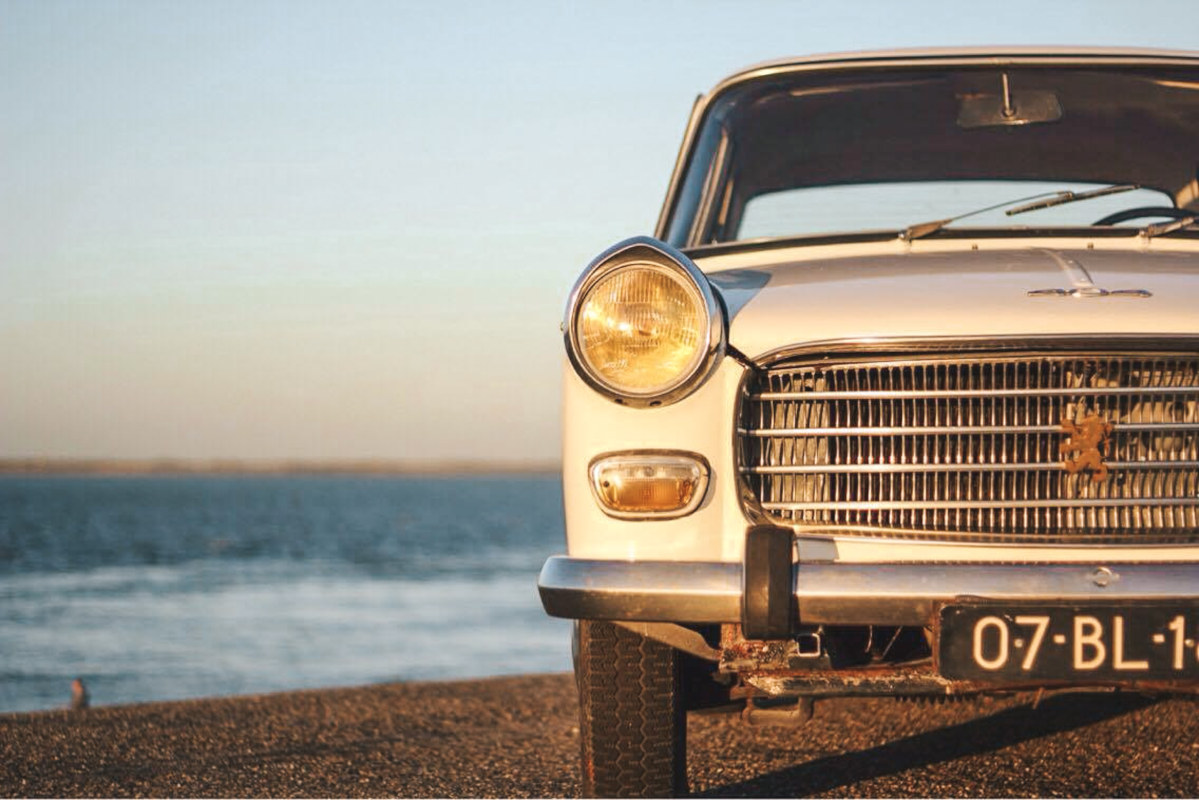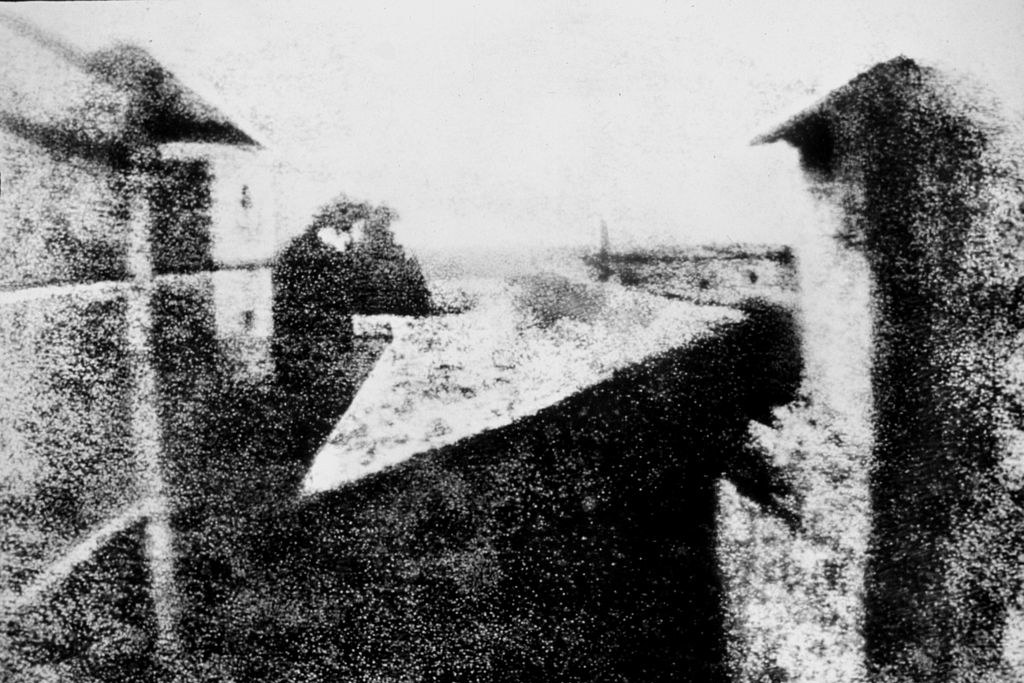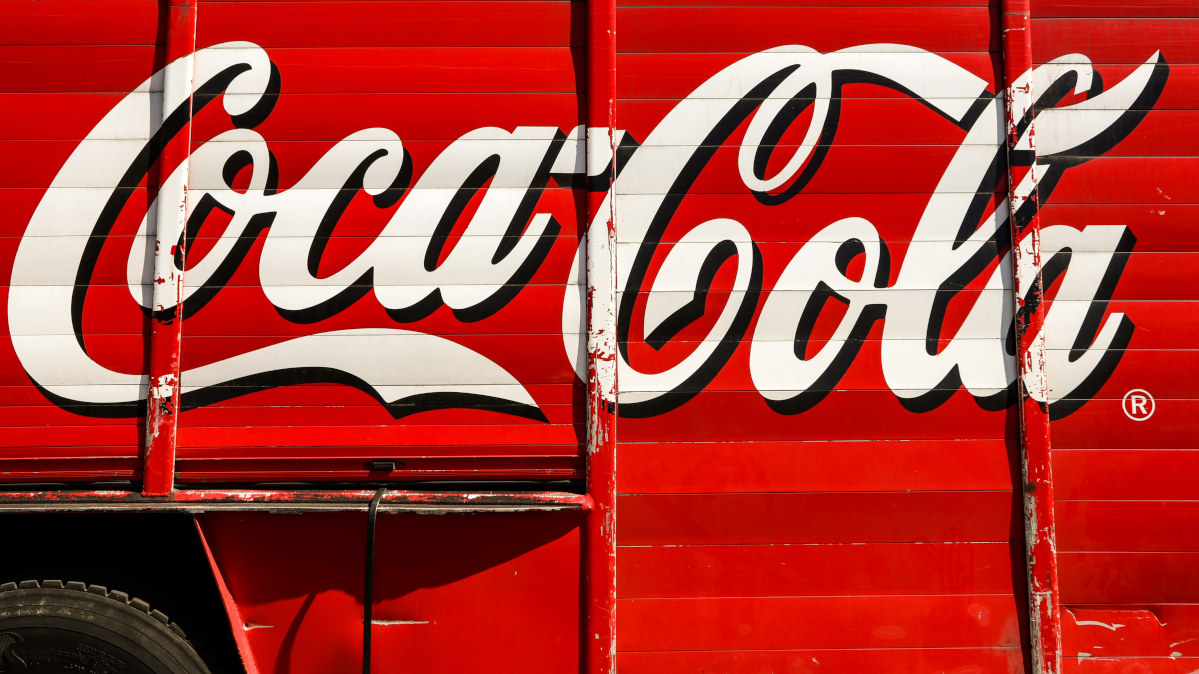12 Southern European inventions that have changed the world
Photo: Unsplash

The innovative Roman empire, the Enlightenment thinkers in France… Southern Europe always had a nose for progression. Throughout the centuries, the region came up with plenty of amazing solutions for some infuriating problems. Without the brilliant minds of France, Spain, Italy and Portugal, the world would look very different today. Try to imagine a life without these 12 brilliant Southern European inventions and innovations.

Newspaper
Unknown, 131 B.C., Roman Empire
No, the Roman emperors did not receive a tabloid in their mailbox every morning, but they did come up with a way to spread the news of the day through writing. In all corners of the empire, the Roman propaganda machine carved the latest bits of news into mammoth tables of stone, so-called annals. It was however very slow and time-consuming to carve it letter for letter. In 50 B.C., the legendary consul Julius Caesar came up with a solution to this problem. His people wrote a daily update of what was happening in the empire on pieces of parchment and hung it in public places in the cities. After a few days, these Actas Diurnas (or, Daily Acts) were archived to make room for more recent novelties.

Photo © Pixabay
Animal testing
Avenzoar, 12th century, Al-Andalus
The reign of the Moors over the Iberian Peninsula was a glory time for innovations. One of the brightest Arab minds of his time was Avenzoar, a physician, surgeon and poet who was settled in Sevilla. To limit the human losses in his practice to a bare minimum, Avenzoar tested his procedures on animals first. He, for example, performed tracheotomies on goats to perfect his skills. Whereas this would be considered cruel and ethically dubious today, it did save plenty of lives in Avenzoar’s progressive practice.

Photo © Shutterstock
Vindaloo
Unknown, in between 1505 and 1961, Portugal
It’s hard to believe that the Portuguese can take credit for the creation of this spicy, Indian curry, and yet it is true. From 1505 to 1961, Portugal had colonies all over the Indian peninsula. The biggest of them all was Goa, a palm-tree-covered paradise at the western shores of the country. Many a colonist settled here and introduced their Portuguese delicacies to the locals. Most popular was carne de vinha d’alhos; or, meat in garlic and wine. Throughout the centuries, the locals spiced up this classic dish until it became Vindaloo, a fiery curry which is popular in all of India and far beyond.

Car
Nicolas-Joseph Cugnot, 1770, France
Whereas Karl Benz, Armand Peugeot, Henry Ford and other inventors-turned-car-brands usually get credit for the development of the modern car, it was the French inventor Nicolas-Joseph Cugnot who built the first one, in 1770. The steam-powered vehicle looked nothing like the metal steeds you see on our highways today, but worked according to the same principle, with fuel igniting an engine which then brought the front wheel in motion. One year after inventing his ‘steam dray’, Cugnot drove his invention against a wall, causing the first motorised car accident in history. Shaken by the event, he stopped developing his machine, leaving the fame and glory to others.

Canned food
Nicolas Appert, 1809, France
Who isn’t familiar with opening a tin of tuna or diced tomatoes now and then? That wouldn’t have been possible if it wasn’t for Nicolas Appert, an inventor living in the French empire of Napoleon. As the emperor was looking for a cheap way to preserve large amounts of food for a long time on the battlegrounds, he granted 12,000 Francs to the person who could come up with a solution. Appert discovered that food didn’t spoil unless the pot’s lid leaked, which led him to discover the air-tight can. Napoleon paid the inventor royally for his discovery, but could never produce the cans on a big scale, as the empire fell before the production method could be perfected.

View from the Window at Le Gras – Nicéphore Niépce. Photo © Wikipedia
Photography
Nicéphore Niépce, 1826, France
Serendipity, that’s what you call it when inventions see the light of day because of pure luck. Besides X-rays, Viagra and the discovery of America, photography is also a product of serendipity. When the French inventor Niépce left a light-sensitive plate to dry in the sun, he could not believe that it showed an imprint of the view a few hours later. This led him to develop the first camera, with which he made the first picture: View from the Window at Le Gras. Unfortunately, Niépce didn’t become rich with it. It was fellow-Frenchman Louis Daguerre who perfected, patented and monetised the technology.

Coca-Cola
Bautista Aparici, Ricardo Sanz and Enrique Ortiz, 1884, Spain
According to most history books, Coca-Cola was invented in 1885 in Atlanta, Georgia by Colonel John Pemberton as a healthier alternative for the popular drug Morphine. Yet, in the village of Aleyo de Malferit, close to Valencia, they are convinced that it was invented by three of its citizens, instead. In 1884, Bautista Aparici, Ricardo Sanz and Enrique Ortiz brewed ‘Nuez de Cola-Coca’, a drink whose recipe is very similar to that of today’s most popular fizzy drink. The year after, they attended a drinks conference in Philadelphia, presenting their new pop. That same year, a soda shop in Atlanta started selling Coca-Cola, preluding the birth of the world’s most influential brand. It is proven that the Valencian distillery brewed their Nuez de Cola-Coca around the same time that Coca-Cola kicked off in the States. But who stole the idea from whom, will forever remain a mystery.

Hairdryer
Alexander Godefroy, 1888, France
Not surprisingly, it was a hairdresser who invented the hairdryer. It was Parisian barber Alexander Godefroy who designed this clever machine that could be attached to any heat source. It was a large tool that he kept in his salon and underneath which his clients could sit to get their hair blow dried. While the apparatus was groundbreaking, it was not the first machine used to dry hair. Up to then, plenty of people used the blow function of their vacuum cleaners instead. Yet, it wasn’t all that effective … nor that hygienic.

Ice cream cone
Italo Marchiony, 1896, Italy
Where else could the ice cream cone originate than from Italy, the land of the gelato. It was Italo Marchiony who had the idea when he moved to the United States and opened an ice cream parlour in New York. Its initial purpose was not for the cones to be tasty or fun but to be hygienic. Ice cream used to be served in glass cups which were hardly rinsed between uses. The new-fangled, single-use cones proved extremely popular, and the rest is history.

Spacesuit
Emilio Herrera Linares, 1936, Spain
While the record states that the first Spaniard went to space in 1963, the Spanish contributed to the space race from day one. 25 years before the first man went to space, physicist Emilio Herrera invented the spacesuit. This full-pressure suit looked more like a wetsuit with a helmet but became the basis for today’s state-of-the-art astronaut outfits. After his academic career, Herrera went into politics. During the reign of dictator Francisco Franco, he even became president of the Republican government in exile (which was settled in Paris) from 1960 to 1962. Today’s Spanish government ad interim also counts an extra-terrestrial member, as Pedro Duque (the country’s only astronaut), is Minister of Science, Innovation and Universities of Spain.

Photo © Pxhere
Lollypop
Enric Bernat, 1958, Spain
Where this list is packed with inventors who failed to monetise their revolutionary inventions, Enric Bernat built a giant empire with his. When he invented the lollypop in Barcelona in 1958, he started selling them under the name Chupa Chups. The idea came to him when he was tired of having sticky hands after eating candy. Unlike today, sweets were not marketed towards children at the time. Bernat, however, instructed shopkeepers to place the display with lollypops on the counter, in reach of the kids: a trick that proved highly effective. In 1969, he rebranded the product with a new logo designed by surrealist painter Salvador Dalí; a logo that adorns the candy to date.

Jacuzzi
Candido Jacuzzi, 1963, Italy
Bubbling hot tubs are extravagant signs of wealth. But that is not what they were invented for. The Italian-American inventor Candido Jacuzzi invented the Jacuzzi in 1963 for his 15-months-old son, who suffered from rheumatoid arthritis. The lively, hot water relieved the boy’s pain. Soon, Jacuzzi discovered that you don’t have to be ill to enjoy the relaxing bath and marketed it to the upper-class.
The French-Spanish invention disputes While most inventions have a clear history, others are heavily disputed. In the kitchen, many a traditional dish is claimed both by the Spanish and the French. Take mayonnaise, for example. This popular sauce has been served on both sides of the Pyrenees but is named after the city of Mahon, a town in Menorca. While this gives the Spanish the benefit of the doubt, the French claim that a traveller got inspired in the Spanish city, after which he perfectioned the sauce in France. The same counts for crème brulée, a French dessert menu staple. Nonetheless, the Catalans claim that they have been cooking their crema Catalana way longer than the French have. Who invented these dishes is hard to prove. But make sure to taste both the French and Spanish varieties to decide which one you like best.
Subscribe to Our Newsletter
Receive our monthly newsletter by email




